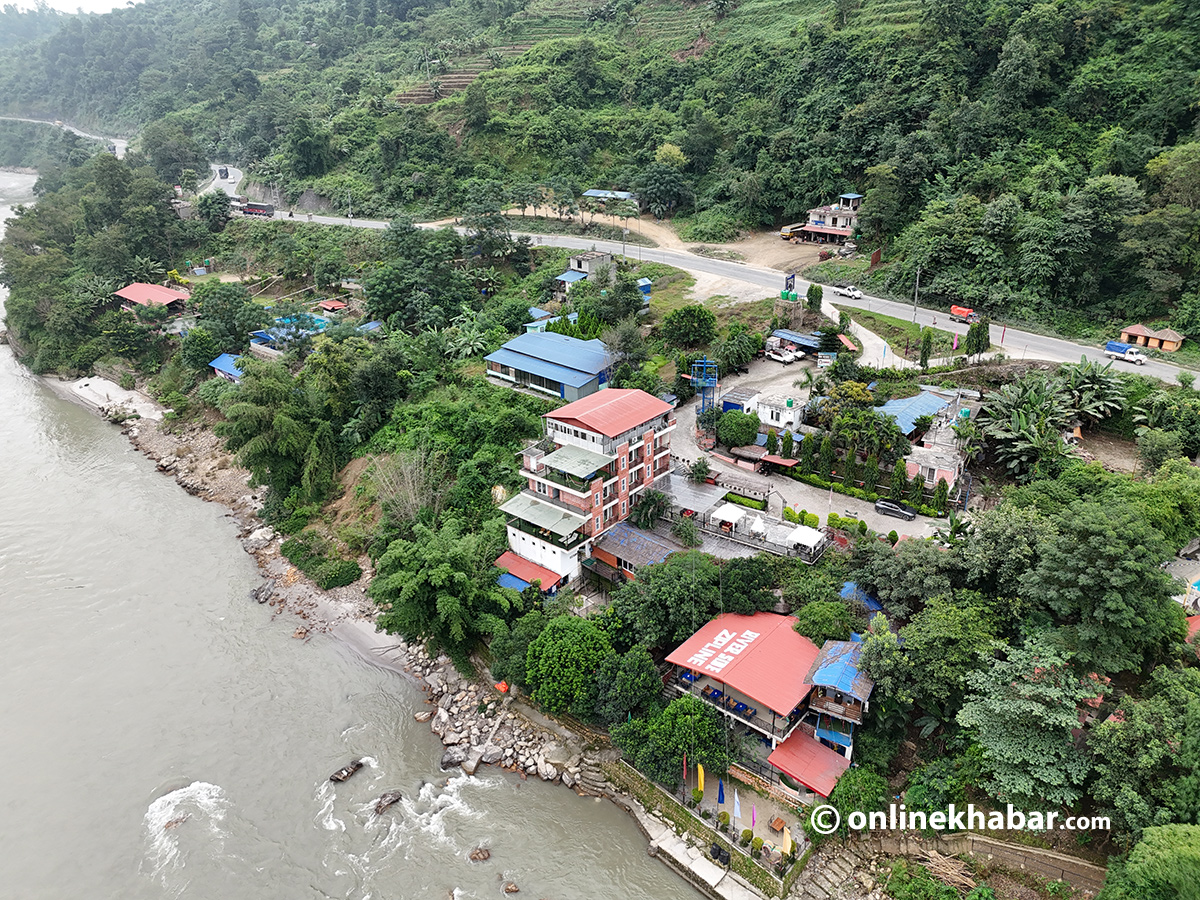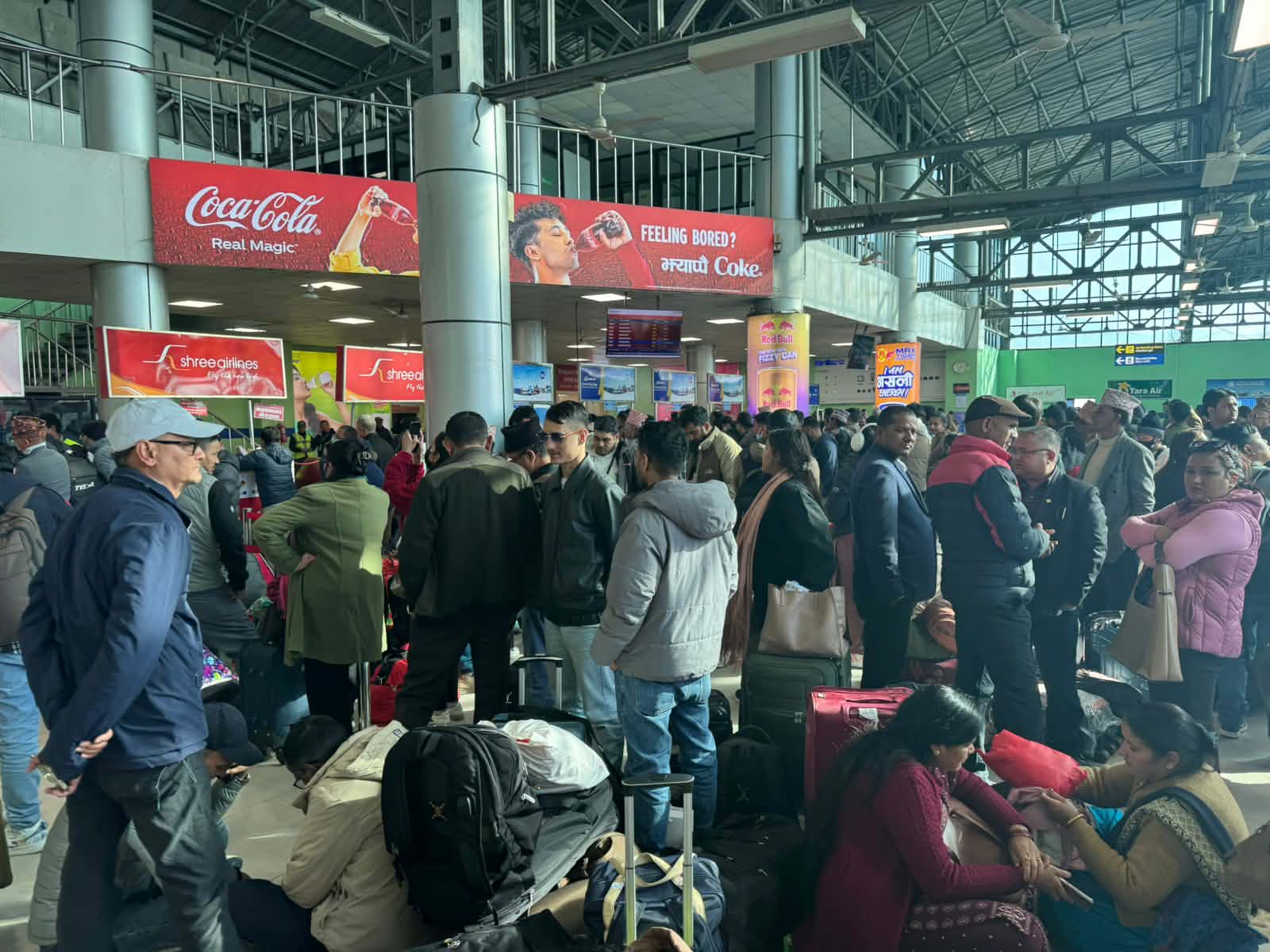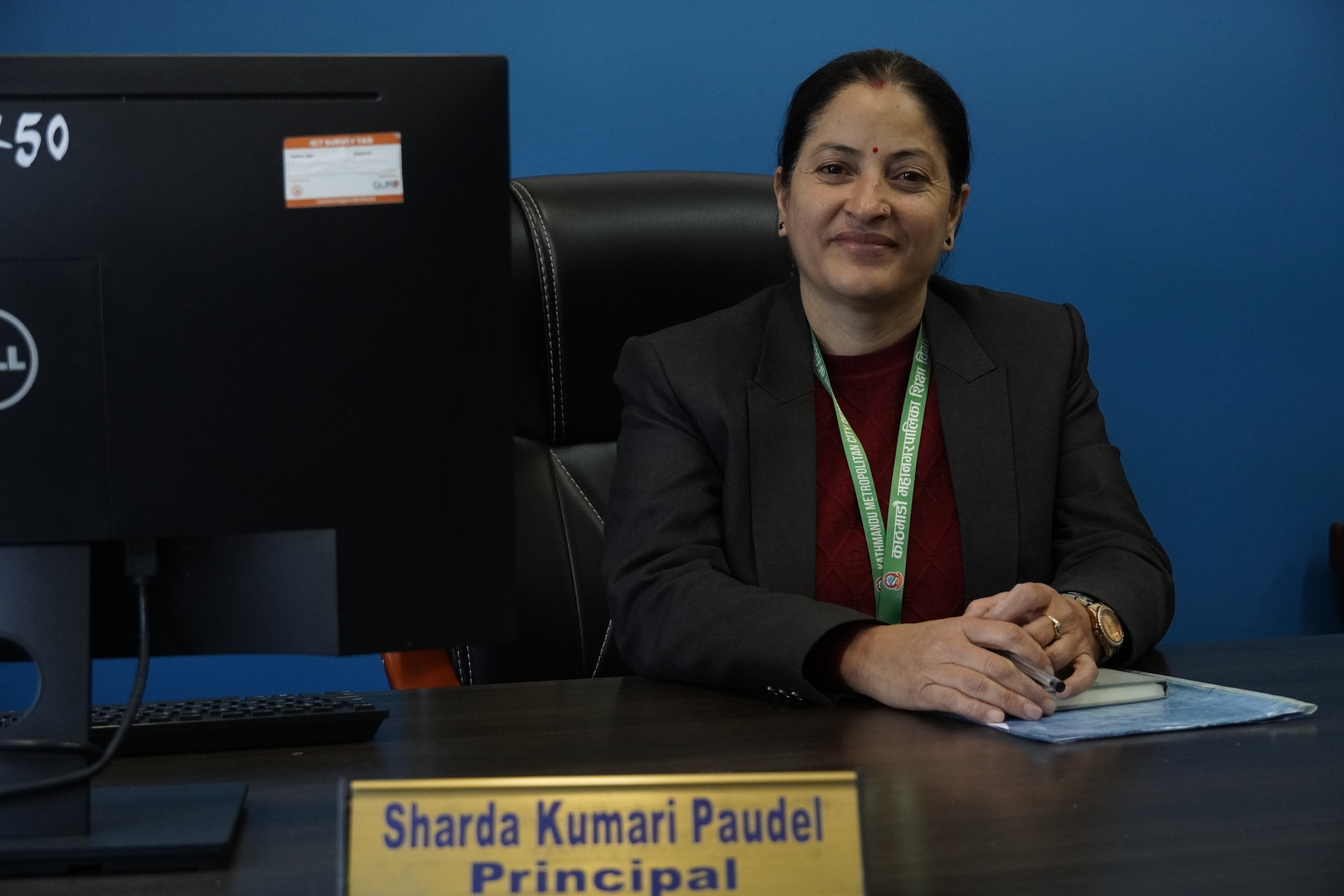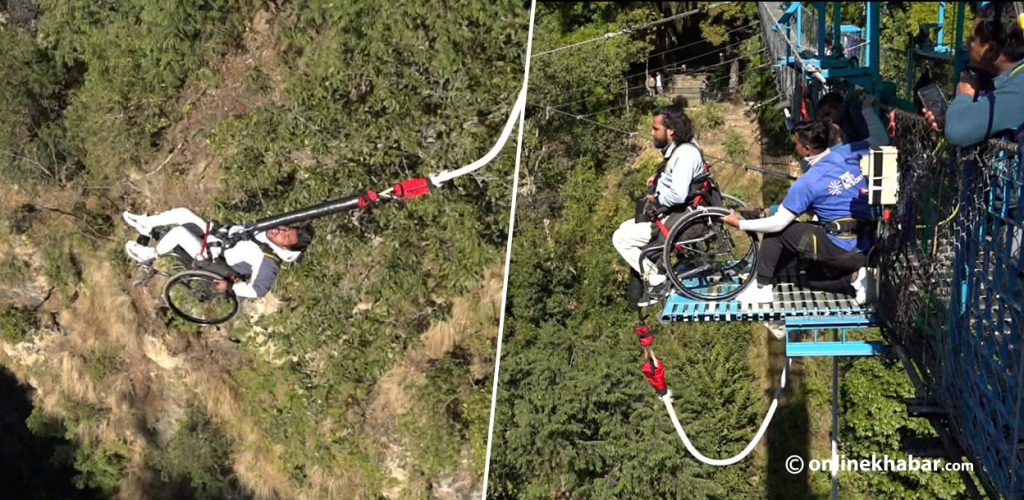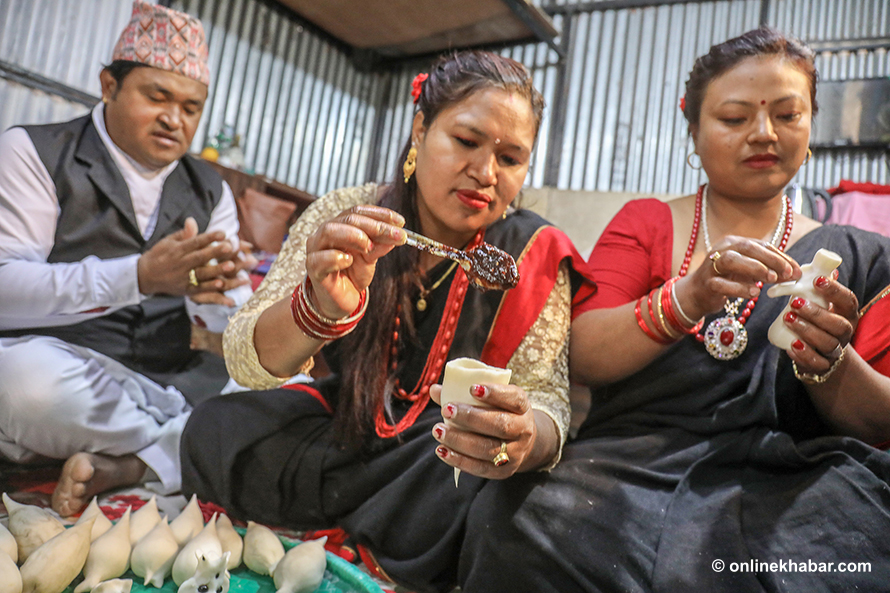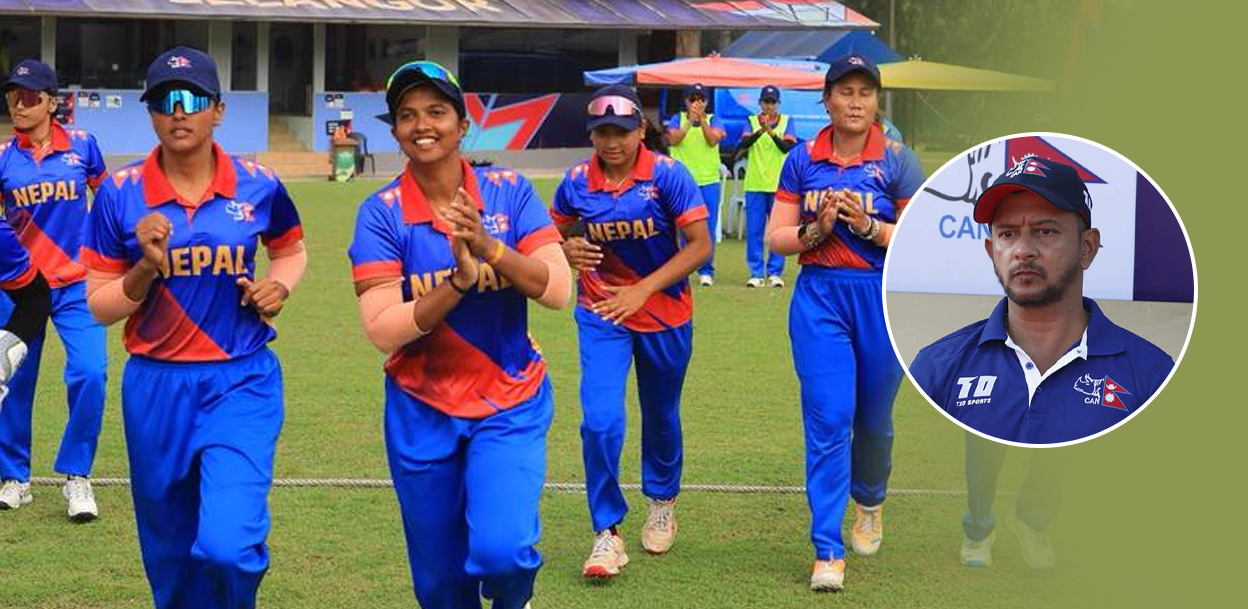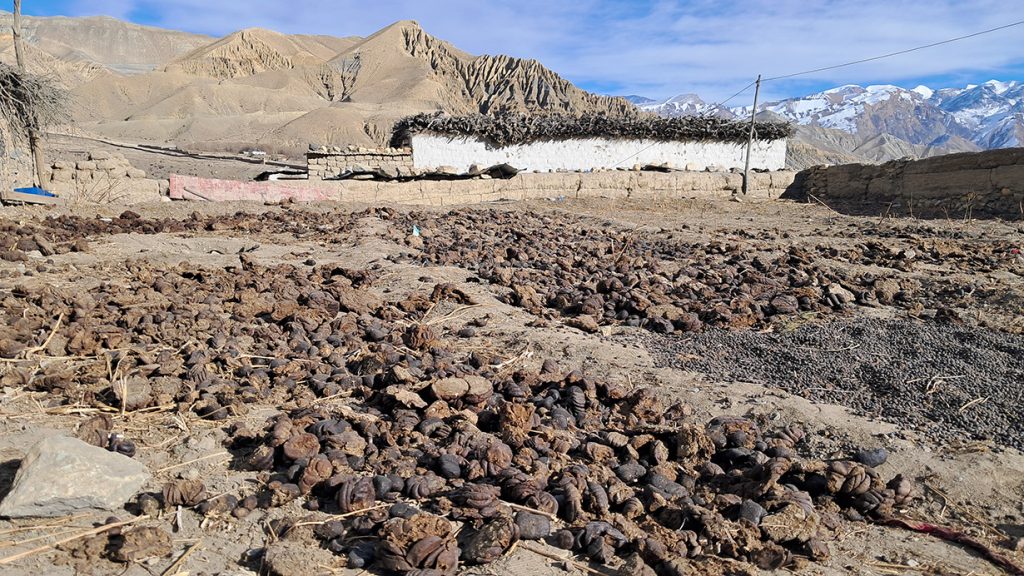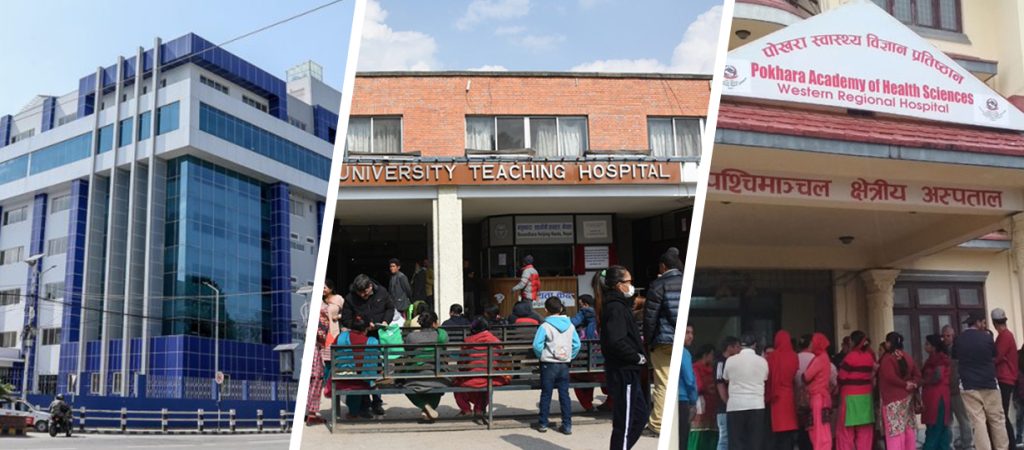
Nepal is at a crossroads as the majority have praised the establishment of a consumer court with the authority to rule on claims involving medical malpractice as a victory for patient rights.
However, despite their good intentions the court’s recent decisions run the risk of upending an already precarious healthcare system.
Fear, defensive medical practices, and a possible flight of healthcare personnel are being fueled by the increasing legal constraints on physicians and hospitals; these outcomes might jeopardise patient care nationwide.
The consumer court’s emergence and early cases
The consumer court began its operation on March 15, 2025, under the Consumer Protection Act of 2018, designed to provide swift justice to aggrieved consumers, including patients. Within just three months, the court has heard and ruled on several high-profile medical negligence cases, awarding compensation that has sent shockwaves through Nepal’s medical community.
The Om Hospital and Research Centre in Kathmandu got involved in one of the first notable instances. Basanta Gautam, the complainant, claimed that his father, Harihar Prasad Gautam, 98, died as a result of the hospital’s carelessness.
According to the court, the physicians discharged the patient with merely painkillers without doing the required imaging or admitting him for monitoring, despite the patient’s obvious clinical symptoms of acute pelvic discomfort and incapacity to bear weight.
The hospital was sentenced by the court to pay Rs 5.68 million in compensation, which is a substantial amount in Nepal, where doctors have to fight for a salary equivalent to that of government officers at the same level.
Another case involved Nepalgunj Medical College, where, according to the family, unsupervised medical students treated a patient with fever, Manital Shrestha, resulting in fatal errors. The court gave its verdict against the institution and fined it Rs 2.6 million for inadequate monitoring.
The Nepal Medical Council (NMC) has long faced criticism for delays in investigations and a lack of accountability in medical malpractice cases. This has led people to prefer approaching the consumer court, and the court’s arbitrary decisions in favour of patients have signified a shift away from the traditional reliance on the NMC.
The medical community’s growing anxiety

File
Although consumer advocacy associations have applauded these rulings, healthcare professionals and institutions are deeply alarmed. The medical community worries that a culture of dread and ambiguity is being fostered by the court’s rigid interpretation of the “duty of care” and the significant financial penalties associated with it.
In order to shield themselves against lawsuits, doctors in Nepal are reporting a startling rise in defensive medicine, which includes ordering a lot of tests, avoiding risky treatments, and overdocumenting clinical judgments. This phenomenon inflates healthcare expenses and can delay care, ironically harming the very patients the consumer court aims to protect.
Impact on medical education and workforce
The Nepalgunj Medical College case has had a chilling effect on medical training. Supervisors have become reluctant to allow students to participate in patient care, fearing legal consequences. This limits hands-on experience critical for developing competent doctors.
Furthermore, new medical doctors are being discouraged from pursuing professional expertise by the fear of lawsuits, particularly in remote areas where the chances are greater and resources are limited. According to reports, the number of highly-skilled doctors interested in residency in Nepal is decreasing each year, while the number of doctors pursuing their careers in countries such as the USA, Australia, the UK, and others is rising.
Despite the fact that Nepal has more than enough medical professionals needed to meet the World Health Organisation’s recommended doctor-to-patient ratio, there is still a significant imbalance in the distribution of healthcare professionals.
The majority of them are reluctant to work at rural healthcare facilities because of the low pay, uncertainty in career advancement, the terrible conditions of employment, and interference by politics. This rising discrepancy undermines access to high-quality healthcare in the country’s most rural and underdeveloped locations.
Institutional strain and patient access
This puts hospitals in a vulnerable position. Many are planning to increase the consultation fees and treatment expenses to counter the financial burden created by future litigation, making healthcare services more expensive for communities with limited resources. Citing unsustainable liability, several hospitals are forced to think about scaling back or shutting down high-risk divisions, including emergencies and oncology units. Another worrying tendency is “risk-averse triage,” in which individuals with complex or life-threatening illnesses are referred to public hospitals that mightn’t be ready to handle them, overburdening the entire health system and holding off treatment.
The Consumer Protection Act fails to adequately address the fundamental issues with the national healthcare system, even though it has been provided with greater authority.
There is inequality in resources.Many rural healthcare facilities lack experts and necessary diagnostic equipment, such as CT scans and MRIs. It is unjust and impractical to assure patients the international standard of service with that setup.

Physicians can simultaneously face disciplinary hearings by the NMC, civil suits in consumer courts, and criminal investigations,which is triple jeoparty for doctors. This convergence creates immense psychological and professional stress. Meanwhile, medical records are frequently lacking or inadequately mainted, particularly in rural areas, which makes the legal procedure more difficult and occasionally results in unfair decisions.
Despite the Supreme Court’s ruling requiring offices in all seven provinces, the consumer court at present functions only in Kathmandu, Bhaktapur, and Lalitpur. Large segments of citizens are thus deprived of this fundamental and legal choice.
The rising legal pressures have fueled public frustration and, alarmingly, violence against healthcare workers.
Balance between accountability and sustainability
Nepal’s consumer court plays a vital role in the empowerment of patients and medical liability. Therefore, it faces the danger of weakening the medical system that it is meant to strengthen and develop.
There needs to be legal reforms. Such as upholding good-faitha clinical practice, simplifying the regulations of NMC and expanding court access. Likewise, institutional improvemts such as compulsory monitoring protocols, standardising medical records and malpractice insurance should be established for balance between accountability and sustainability.
Furthermore, initiatives to educate patients about realistic outcomes and the complexity of health care procedures should be taken. To prevent miscommunications and lawsuits, dialogue between health care professinals and patients should be promoted that lead to public understanding and discussion.








